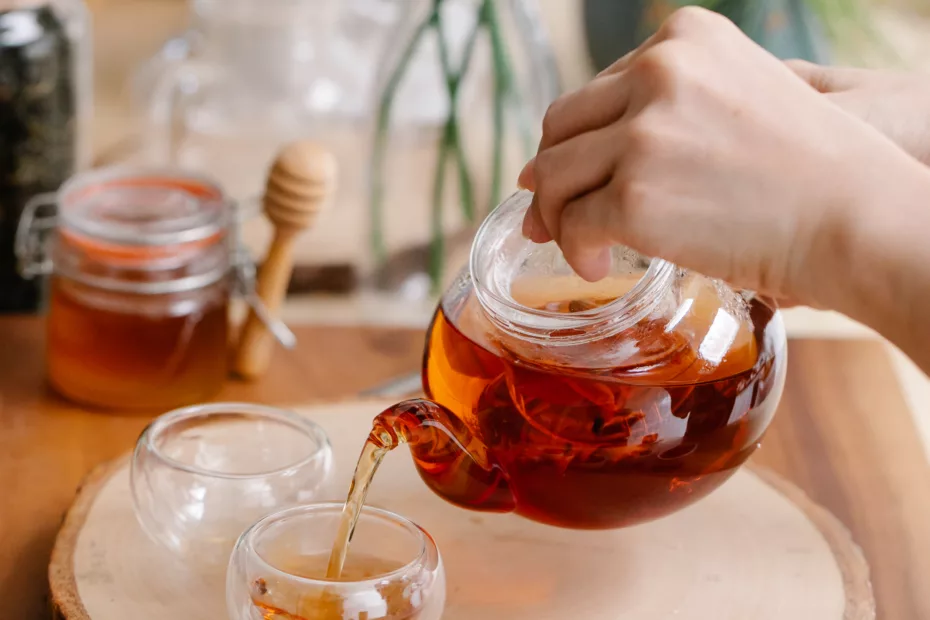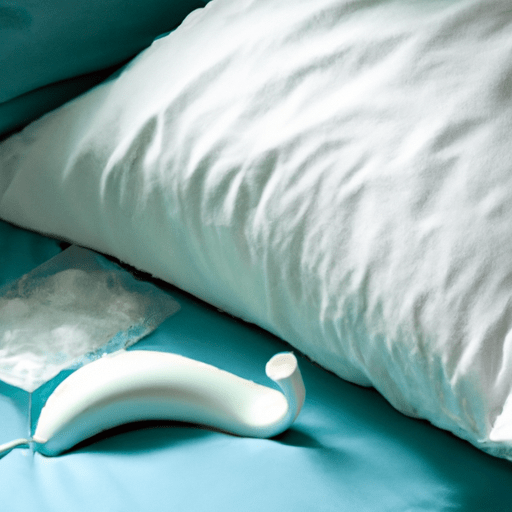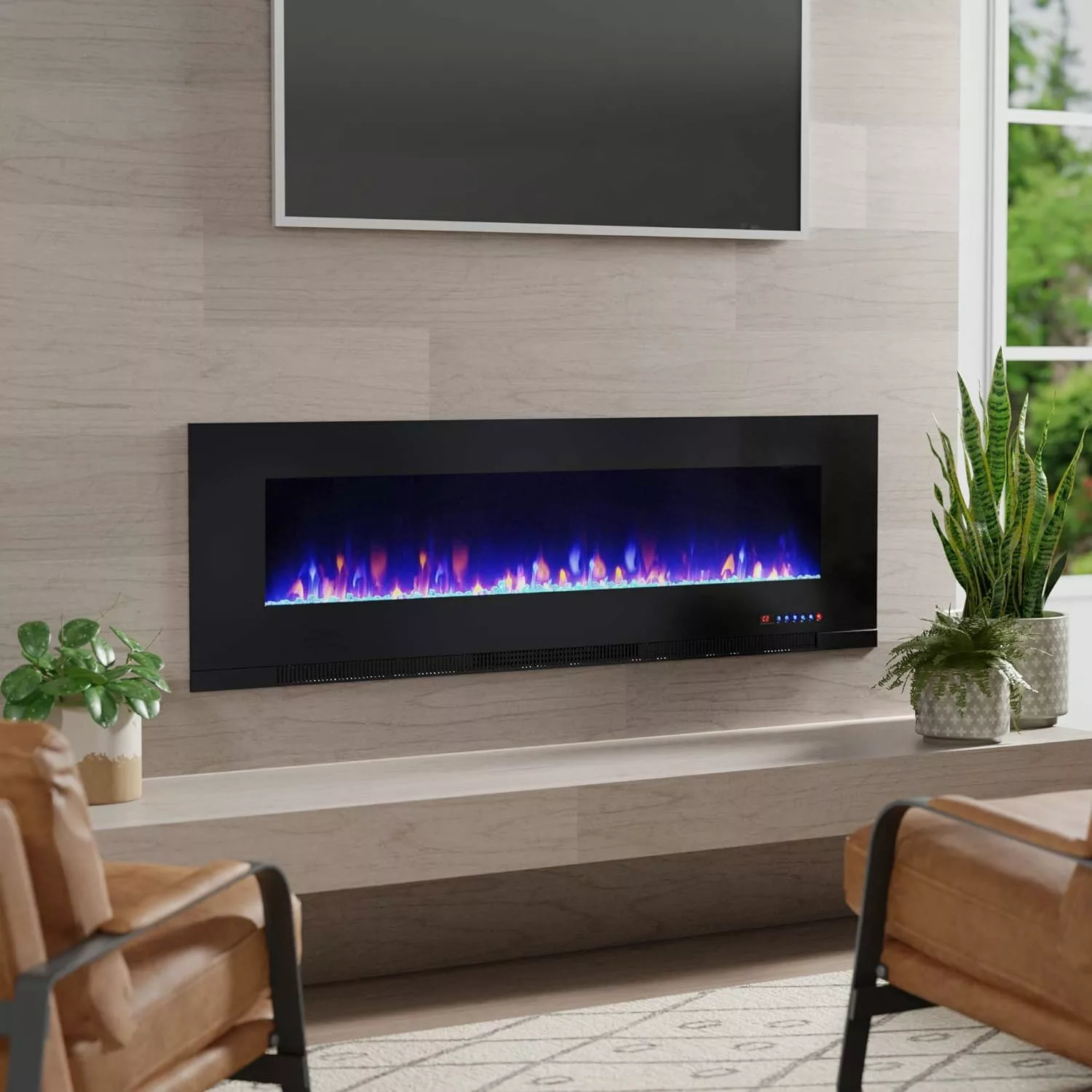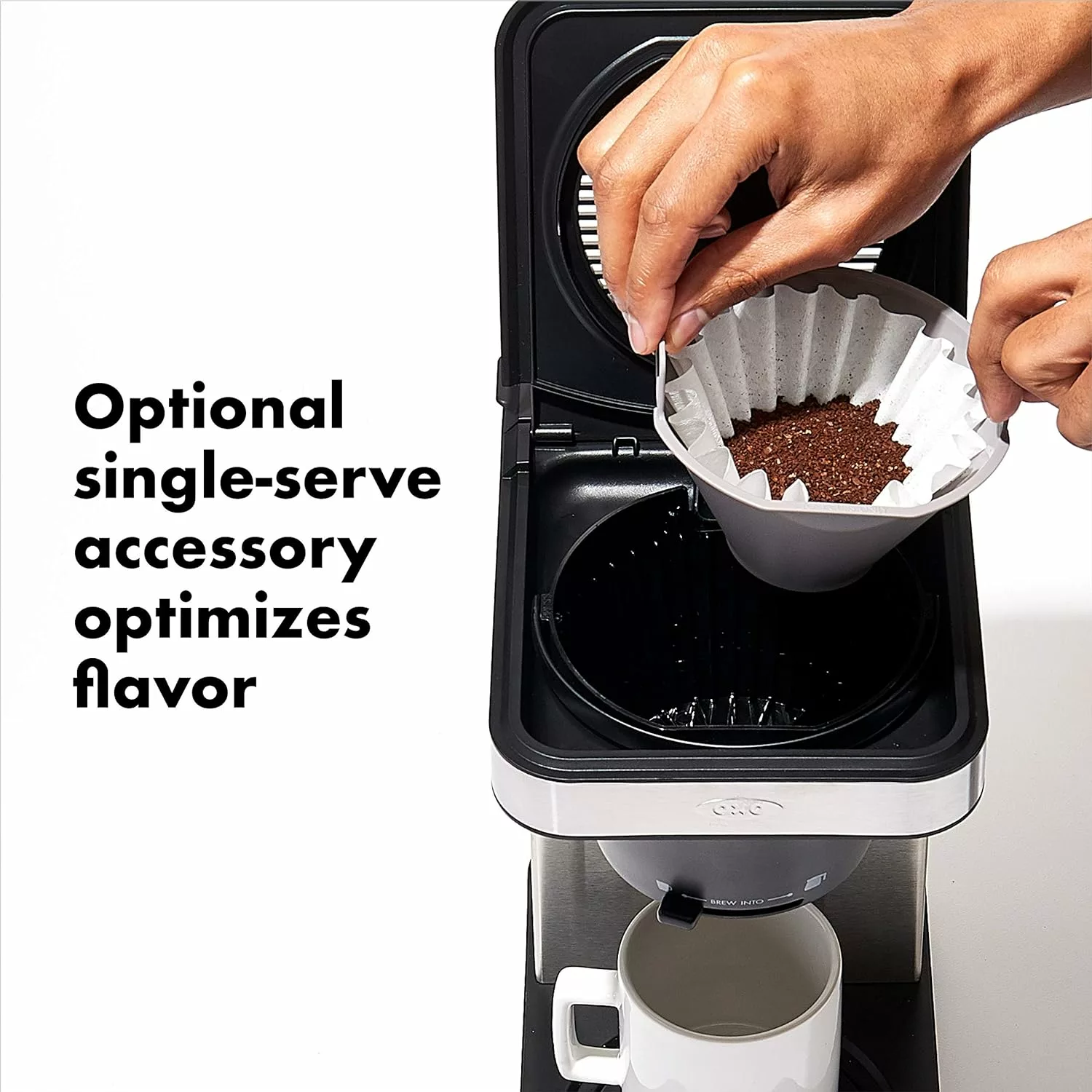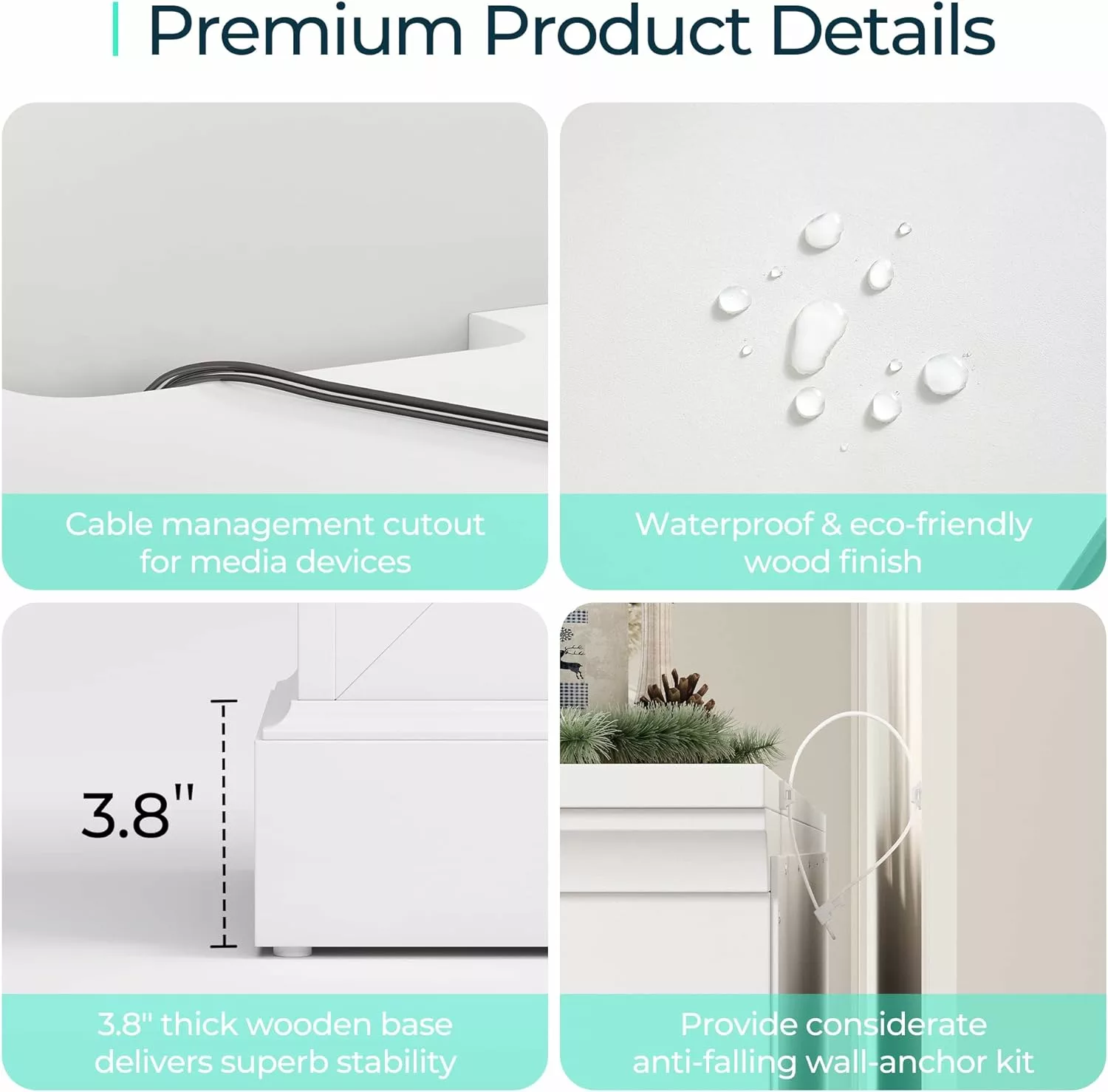Imagine waking up to the enticing aroma of freshly brewed coffee, the perfect start to your day. But have you ever wondered how much water to use when brewing a single coffee pod? In this article, we will guide you on how to measure the perfect amount of water, ensuring a delicious and satisfying cup of coffee every time. Say goodbye to weak or overly strong brews, as we reveal the secret to achieving coffee perfection with just the right amount of water per coffee pod.

Factors to Consider
When it comes to brewing a perfect cup of coffee, there are several factors that you need to consider. These factors include the brewing method, coffee pod size, coffee strength, and personal preference. Each of these factors plays a crucial role in determining the perfect amount of water to use per coffee pod.
Brewing Method
The brewing method you choose will greatly impact the amount of water you should use per coffee pod. Different brewing methods have different water-to-coffee ratios, so it’s important to choose the right method for your desired taste. Some popular brewing methods include drip brewing, French press, pour-over, and espresso.
Coffee Pod Size
The size of your coffee pod will also affect the amount of water needed for a perfect brew. Coffee pods typically come in standard sizes of 8-10 oz, small sizes of 6-8 oz, and large sizes of 10-12 oz. The size of your coffee pod will determine the amount of coffee grounds packed inside, and thus, the amount of water needed for extraction.
Coffee Strength
Another factor to consider is the desired strength of your coffee. Some people prefer a strong and bold brew, while others prefer a milder flavor. The strength of your coffee can be adjusted by varying the water-to-coffee ratio. A higher ratio will result in a stronger brew, while a lower ratio will yield a milder cup of coffee.
Personal Preference
Lastly, personal preference plays a significant role in determining the amount of water per coffee pod. Everyone has different taste preferences when it comes to coffee. Some like it strong and intense, while others prefer a sweeter and more delicate flavor. It’s important to experiment with different water-to-coffee ratios to find the perfect balance that suits your taste buds.
Recommended Water-to-Coffee Ratios
To brew the perfect cup of coffee, it’s essential to understand the recommended water-to-coffee ratios for different coffee pod sizes. Here’s a breakdown of the ratios for standard, small, and large coffee pods:
Standard Coffee Pod Size (8-10 oz)
For standard-sized coffee pods, a general rule of thumb is to use approximately 6-8 fluid ounces of water per pod. This ratio ensures a well-balanced cup of coffee with a medium strength. However, feel free to adjust the ratio according to your personal preference.
Small Coffee Pod Size (6-8 oz)
If you have a smaller coffee pod, such as a 6-8 oz size, it’s recommended to use around 4-6 fluid ounces of water per pod. This ratio will result in a stronger brew since the water is concentrated with a smaller amount of coffee grounds.
Large Coffee Pod Size (10-12 oz)
For larger coffee pods, which are typically 10-12 oz in size, it’s best to use approximately 8-10 fluid ounces of water per pod. This ratio allows for a milder brew since the water is spread over a larger amount of coffee grounds.
Techniques for Measuring Water
Now that you know the recommended ratios, let’s explore some techniques for measuring water accurately. Accurate measurement is crucial for achieving consistent results and maintaining the desired flavor profile.
Using a Measuring Cup
The most common and accessible method of measuring water is by using a measuring cup. This method is simple and straightforward. Fill the measuring cup with the desired amount of water according to the recommended ratio, and use it to pour the water over the coffee pod.
Using a Scale
For those who want to ensure precision, using a kitchen scale can be a great option. This method allows you to measure the water in grams, which provides a more precise measurement than using fluid ounces. Simply place your coffee cup or container on the scale, zero it, and then pour the water until you reach the desired weight.
Using a Coffee Maker’s Water Reservoir
If you have a coffee maker with a water reservoir, you can take advantage of its built-in measurement markings. Most coffee makers have indicators on the reservoir that show the water level or cup markings for different amounts. This method eliminates the need for separate measuring tools, making it convenient and efficient.
Testing and Adjusting
Even with the recommended ratios and proper measurement techniques, it’s important to remember that coffee brewing is a highly subjective process. It may take some trial and error to find the perfect water-to-coffee ratio that suits your taste buds. Here’s a suggested approach for testing and adjusting:
Start with Recommended Ratio
Begin by using the recommended water-to-coffee ratio for your specific coffee pod size. This will serve as a baseline for your brewing process. Follow the guidelines mentioned earlier and measure the water accurately.
Taste and Adjust
Once your coffee is brewed, it’s time to taste and evaluate the result. Pay attention to the flavor, strength, and overall balance of the cup. If you find the coffee too weak or strong, it’s time to make adjustments.
Experiment with Ratios
To adjust the flavor and strength, you can experiment with different water-to-coffee ratios. If you prefer a stronger brew, increase the coffee-to-water ratio by adding more coffee grounds. On the other hand, if you want a milder taste, decrease the amount of coffee and increase the water content.
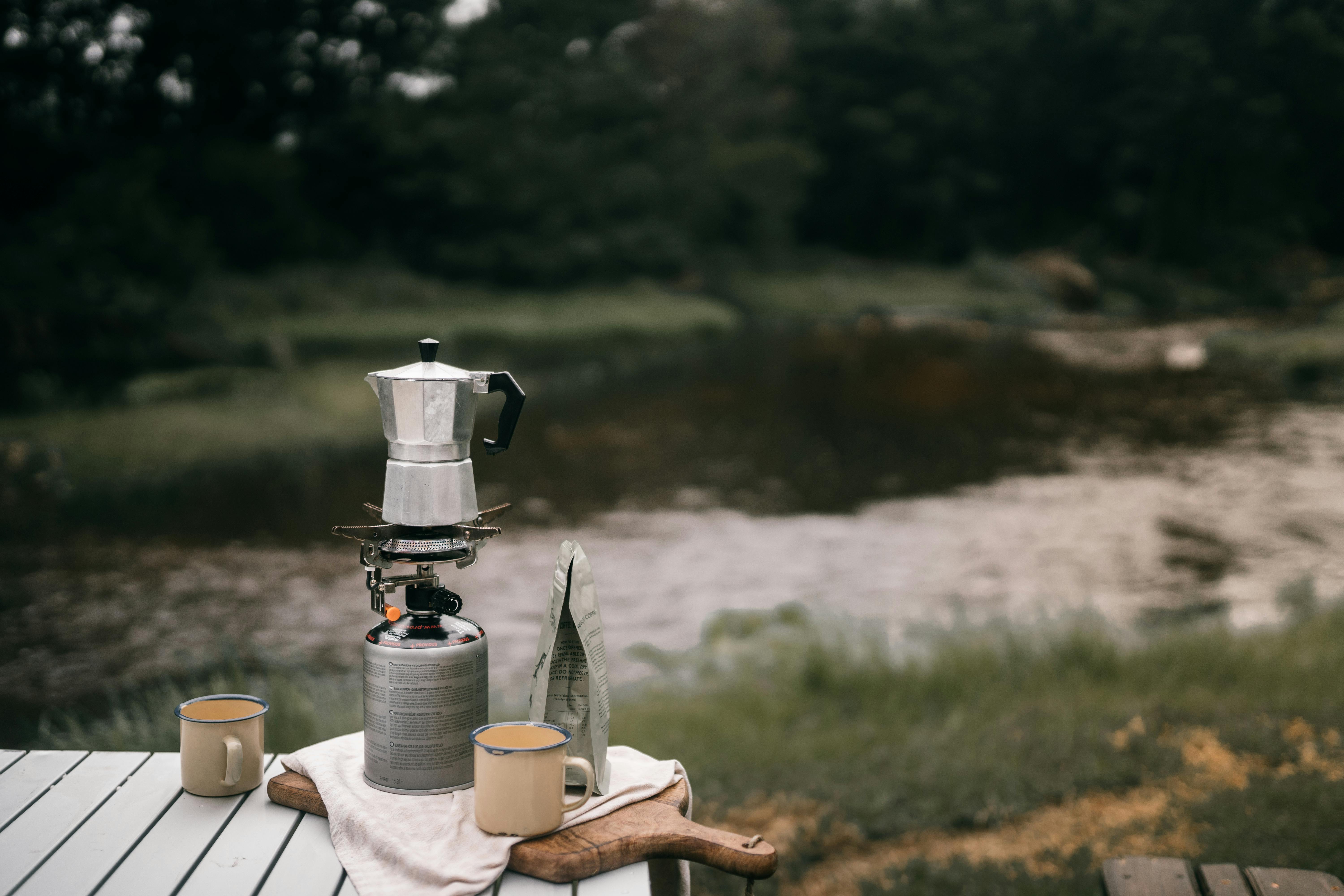
Understanding the Impact
To truly master the art of coffee brewing, it’s crucial to understand the impact that the water-to-coffee ratio has on extraction. Extraction refers to how flavors and compounds are extracted from the coffee grounds during the brewing process.
Under-Extraction
Under-extraction occurs when the water-to-coffee ratio is too low, resulting in a weak and underwhelming cup of coffee. The flavors and aroma may be lacking, and the coffee may taste sour or acidic. To avoid under-extraction, make sure to use an appropriate amount of water for your coffee pod size.
Over-Extraction
On the other hand, over-extraction happens when the water-to-coffee ratio is too high, leading to a bitter and overpowering taste. Over-extracted coffee can be unpleasantly strong and may have a dry or astringent mouthfeel. To prevent over-extraction, ensure that you are not using too much water for your coffee pod size.
Balanced Extraction
Achieving a balanced extraction is the ultimate goal for any coffee lover. This refers to a well-rounded cup of coffee with a harmonious balance of flavors and a smooth finish. Finding the right water-to-coffee ratio is crucial for achieving this balanced extraction and enjoying the full potential of your coffee beans.
Factors Affecting Extraction
Several factors can influence the extraction process apart from the water-to-coffee ratio. Understanding these factors will help you fine-tune your brewing technique and further enhance the flavor of your coffee.
Grind Size
The size of the coffee grounds has a significant impact on the extraction process. Finer grinds extract more quickly and yield a stronger cup of coffee, while coarser grinds extract more slowly and produce a milder brew. When adjusting the water-to-coffee ratio, keep in mind that grind size also plays a role in the overall flavor profile.
Brew Time
The duration for which the water is in contact with the coffee grounds affects the extraction. Longer brew times result in a stronger extraction, while shorter brew times produce a milder cup of coffee. Remember to consider the desired strength and adjust the water-to-coffee ratio accordingly.
Water Temperature
The temperature of the water used for brewing can significantly impact the extraction process. Ideally, water should be between 195-205°F (90-96°C) for optimal extraction. Water that is too hot can lead to over-extraction, while water that is too cold may result in under-extraction. Pay attention to water temperature and adjust it if necessary.

Tips for a Perfect Brew
To achieve the perfect cup of coffee, here are some additional tips to keep in mind:
Use Freshly Roasted Beans
Freshly roasted beans bring out the best flavors in your coffee. Aim to use beans that have been roasted within the past two weeks for the freshest and most vibrant taste.
Store Coffee Properly
Proper storage is essential for maintaining the freshness of your coffee beans. Store them in airtight containers away from light, heat, and moisture to preserve their flavor and quality for longer.
Experiment with Brew Time
If you want to further customize your coffee experience, try experimenting with different brew times. Longer brew times can extract more flavor compounds, enhancing the richness and complexity of your cup. Conversely, shorter brew times can result in a cleaner and more delicate flavor profile.
Common Mistakes to Avoid
While striving for perfection, it’s important to be aware of common mistakes that can hinder your brewing process. Here are three mistakes to avoid:
Using Too Little Water
Using too little water can lead to under-extraction, resulting in a weak and unsatisfying cup of coffee. Make sure to follow the recommended water-to-coffee ratio and adjust as needed to avoid this mistake.
Using Too Much Water
Conversely, using too much water can lead to over-extraction, causing a bitter and overpowering taste. Be mindful of the coffee pod size and the recommended ratios to maintain a balanced extraction.
Not Considering Coffee Strength
Neglecting to consider your desired coffee strength can lead to disappointment. Take into account your personal preference for a stronger or milder brew and adjust the water-to-coffee ratio accordingly.
Troubleshooting Uneven Extraction
If you notice that your coffee has uneven extraction, resulting in inconsistent flavors, here are a couple of potential issues to address:
Grind Size Irregularities
Inconsistent grind size can lead to uneven extraction. Make sure to use a quality grinder that produces uniform particle sizes. This will promote consistent extraction and enhance the overall flavor profile of your coffee.
Water Distribution Issues
Uneven water distribution can also cause extraction inconsistencies. Ensure that you are pouring the water evenly over the coffee grounds, ensuring that each particle is thoroughly saturated. Using a gooseneck kettle for pour-over brewing methods can help you achieve precision and control over water distribution.
Conclusion
Finding the perfect amount of water for your coffee pod is an exciting journey that allows you to personalize your coffee experience. By considering factors such as brewing method, coffee pod size, coffee strength, personal preference, and measurements, you can brew a consistently flavorful cup of coffee every time. Remember to experiment, adjust, and pay attention to the extraction process to truly master the art of brewing the perfect cup of coffee. Cheers to enjoying your personalized and delicious cup of joe!
